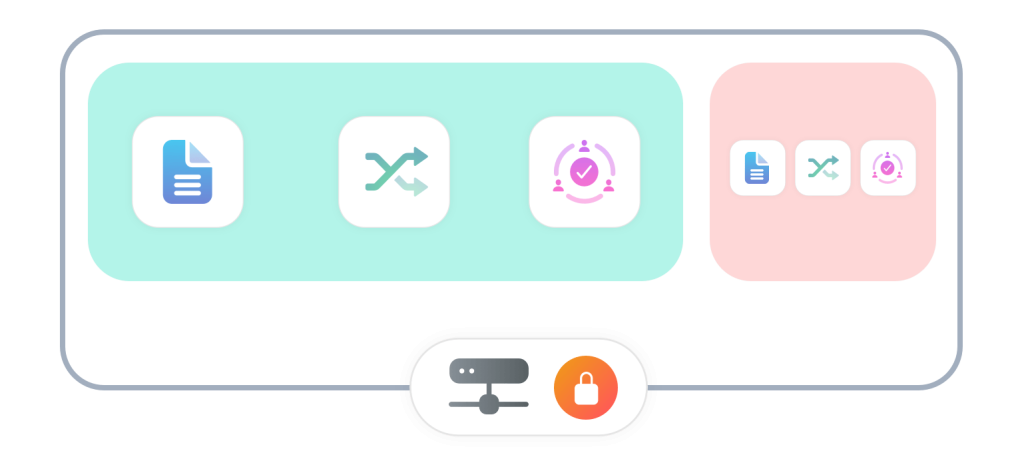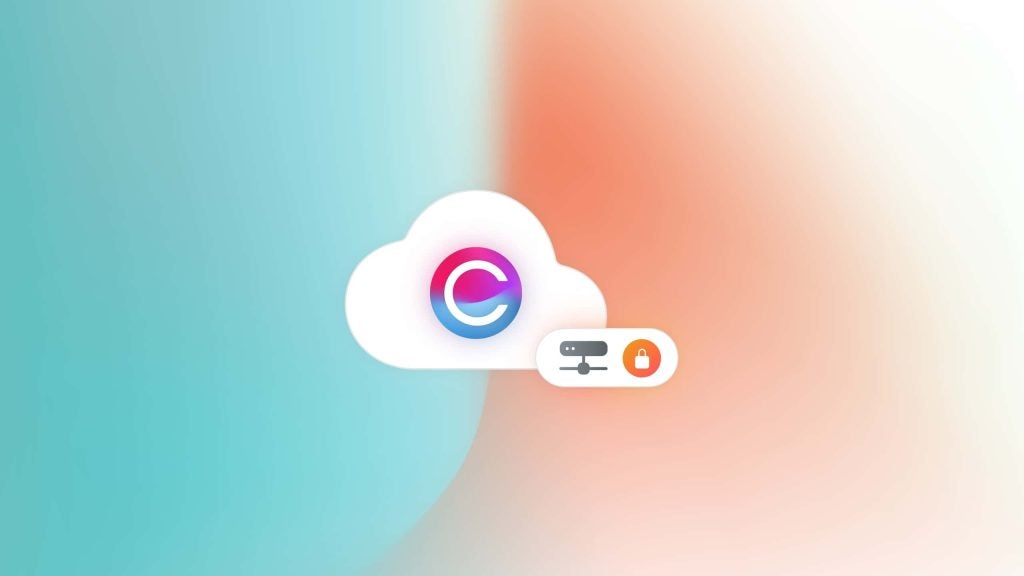Effective communication and seamless information transfer are crucial for businesses to thrive, so organizations often turn to dedicated networks – intranets and extranets – to accomplish these processes. Although intranets and extranets sound similar, there are important distinctions between the two, with each serving different purposes within a business’s ecosystem.

In this article, we’ll explore the key differences between intranet software and extranet to help you to determine which is most suited for your needs.
What is an intranet?
An intranet is an internal network that is accessible only to a company’s employees and serves as a central platform for communication, collaboration, and information sharing. It enables employees to access company resources, documents, and tools, allowing them to work together more efficiently and productively. As a secure and private platform, it supports staff to share knowledge, experiment with ideas, and undertake professional development, without fear of hacks or data breaches and puts all the information they need to undertake their responsibilities in one easy-to-access place.
What is an extranet?
In contrast, an extranet’s reach expands beyond the boundaries of an intranet, allowing external parties, such as customers, vendors, and partners, to access parts of the company’s network. Controlled external access creates a secure environment in which authorized individuals can interact with the company’s resources and systems to share information, conduct transactions, and engage in collaborative projects.
What are the main intranet and extranet differences?
When comparing intranets and extranets, there are three key differences to consider:

User focus
The main distinction between intranets and extranets lies in their focus. Primarily, an intranet caters to the internal needs of an organization and its employees, while an extranet extends its reach to encompass external parties, catering to customer-centric activities and fostering strong business relationships.
Therefore, an intranet is an ideal choice if your primary objective is to enhance internal communication and streamline processes among your employees. However, if you need a platform to interact with customers, vendors, and partners, an extranet is the best option.
Network management
Intranets, typically, are managed by a single organization, giving them full control over the infrastructure, security, and content. Centralized management ensures data privacy and integrity of the company’s internal communications.
However, an extranet can be managed by one or more organizations as it involves collaboration between the company and external stakeholders. Shared management requires careful coordination to maintain data security and access control.
Security
Security is a critical aspect of both intranets and extranets. Intranets rely on firewalls and other robust security measures to protect sensitive internal information from external threats, such as hackers.
Acting as a barrier between the intranet and the internet, a firewall ensures that unauthorized access is prevented. In comparison, an extranet firewall separates the extranet from both the internet and the company’s intranet, safeguarding the company’s internal resources from the potential risks that are associated with external access.
Claromentis Intranet: The Best Of Both
Claromentis intranet stands as an enhanced solution that seamlessly integrates intranet and extranet functionalities into a single, cohesive platform, offering a professional and informative user experience.
Its hallmark feature lies in its capacity to tailor information, menus, and design specifically for external parties while granting them access to the extranet section. This ensures that external stakeholders only see the pertinent content essential to their engagement within the organization. Simultaneously, employees and internal stakeholders accessing the intranet component benefit from a common information repository, fostering collaboration and consistency throughout the organization.
This dual-system approach enables businesses to maintain secure and controlled interactions with external parties while preserving a unified and standardized digital environment for internal communication and knowledge-sharing. With Claromentis, enterprises can confidently manage interactions with both internal and external users in an efficient and personalized manner, making it a versatile and comprehensive solution for modern workplace needs.
Arrange a free branded demonstration
For a branded demonstration and full proof-of-concept of the Claromentis intranet solution, please contact us today or download our Intranet Platform Overview brochure to find out more.





